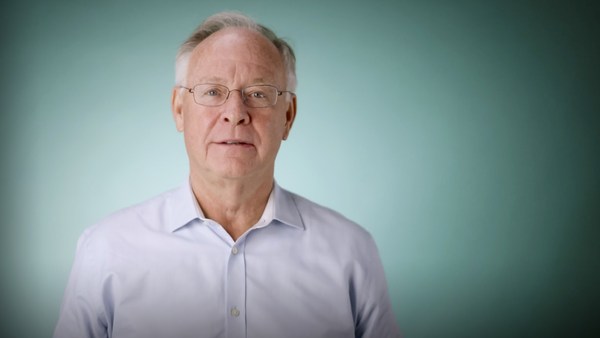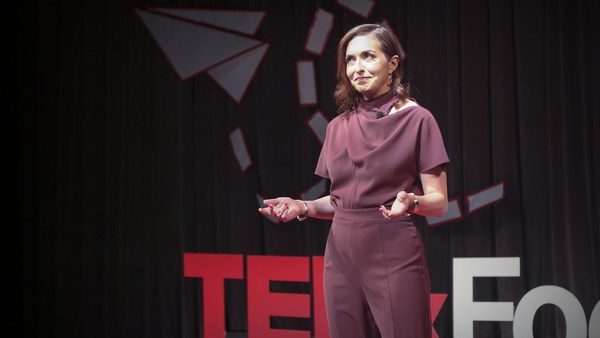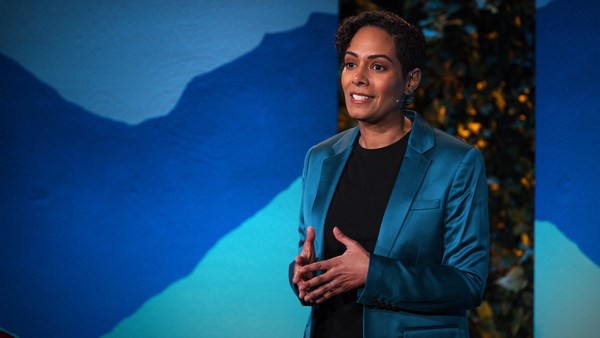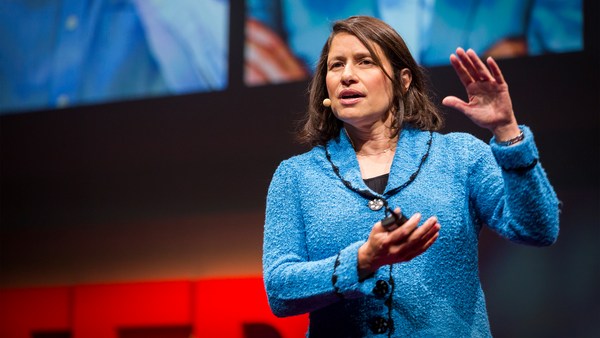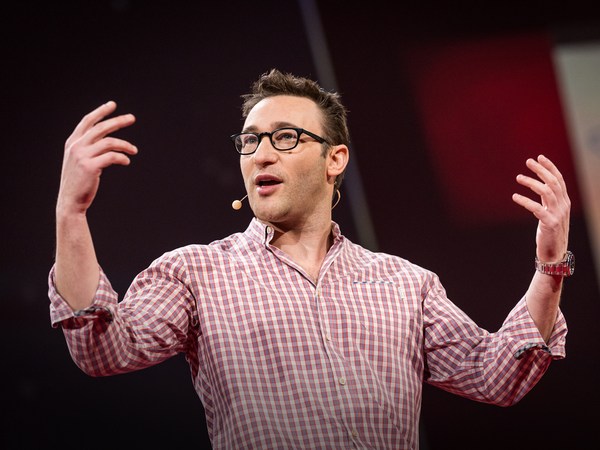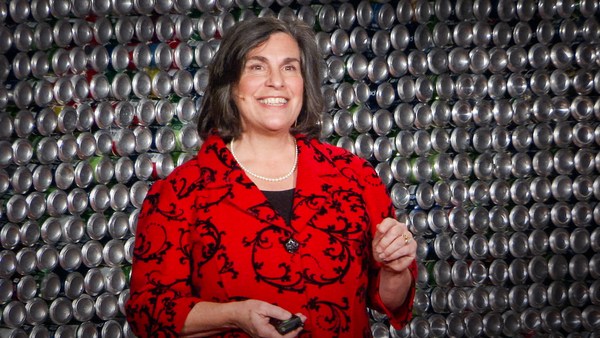When I was 24 years old, I heard something that changed the trajectory of my career and my life. I had just started working for an airline that declared bankruptcy. This was a historic company with a rich history of giving the gift of flight to millions. But we knew that saving the company would mean making many hard choices, including layoffs. It was devastating for people to think about letting go of friends and colleagues, many that had spent decades serving this company.
To help us with this very difficult task, a company was brought in to coach us. I will never forget what the facilitator said. He asked, "What if for everyone that is laid off, it is actually a good thing?"
I was shocked. How could being laid off be a good thing for anyone? I know if I lost my paycheck, I would be concerned about how I was going to pay my rent, the many other bills I had, worried about health insurance and paying for basics like groceries. And what would it mean for my career and my future? So how could being laid off be a good thing for anybody?
But I kept my mind open just long enough to hear the research. He shared that he had tracked employees that had been laid off over time, and saw that in most cases, it was actually a blessing in disguise. People were forced out of a career rut. With support, with severance packages, recommendations and support from their networks, these laid off employees went on to challenge themselves to do something different. They started new jobs that gave them opportunities that accelerated their career path. They actually went on to start new businesses, learn new skills and go back to college.
So in that moment, it became a guiding belief for me, for my career and my life that change is always a good thing. Even if forced upon you, if you're curious and patient enough, you will find the good in it.
So now, whenever a major change happens to me, even if negative or forced upon me, I take the time and ask myself, "What if this is happening for me?"
Today I'm a transformation leader and executive. I have helped many companies, small and large, around the globe through transformation and change. Many of these companies you would recognize, delivering billions of value while improving the employee experience. I've worked with a global manufacturer to rescale their entire organization. I've worked with a mining company that was three months from closing their doors to being profitable again. And through the COVID-19 pandemic, I worked with one of the most impacted industries: grocery stores. So I've seen a lot of change. And what I do know is that in today's world, the only constant is change. Change is not going away. And in fact, it is getting harder and more frequent. Lucky for me, I love to change. I actually seek it out.
But for many, they hate change, and in fact, most people hate change. It is true that we are biologically wired to hate change. Our brains are designed to avoid uncertainty and avoid threat. The instant you feel threatened, your amygdala begins to release stress hormones of cortisol and adrenaline. This happens instantaneously and unconsciously. So imagine you’re walking in the woods, and you see a bear. What does your brain tell you to do? "Scary animal. Run." But the reality is that is just the stress hormones talking. What you need to do is tap into the rational side of your brain and realize the next best step is to actually stay still. This chemical cocktail is happening to you, regardless if you're staring at a bear in the woods or your CEO has just announced a merger.
Change feels bad. This is one of the reasons why 75 percent of corporate transformations fail. Think about the last time you experienced a change. Did people respond with excitement and open-mindedness, or did they immediately start listing out all the things that would go wrong? Saying things like, "Change never works. This will fail." Or one of my favorites, "If we wait this out long enough, it will go away." It doesn't matter how good your change management strategy is if the humans you are working with are consciously or unconsciously working against you. It's what they're wired to do. So change management at its core is actually about helping people overcome that natural wiring to hate change and tap into their intellectual potential to advance the change.
So the question is, in a world of constant change, how can we get more people to hate change less, maybe even get excited about it? The answer is to humanize it. After all, it is humans that will activate the change. We have to think about the human element across any dimension of a change or a transformation. And there are many ways to do that. But here are two of my favorite.
Anytime you're beginning a change journey, sit down and write down your personal change story, and have your teams do it, too. This is the why you are motivated to change and why you're committed to seeing it through. Knowing your why and revisiting it often through the change will help you overcome that natural wiring to hate change.
The problem is, when most leaders think about change and talk about change, they talk about the success metrics of improving shareholder value, or the stock price, or how people make a lot of money and big bonuses from it. But that is not what motivates most people.
I founded the Behavioral Science Lab at BCG to better understand what drives human behavior. And one thing we know is there are five primary motivators to why people are motivated to change: personal achievement, customers, teams, community and financial outcomes. You will resonate with all five to some varying degree, but one will matter more to you. See if you can spot yourself in these five.
Personal achievement. If you're motivated by personal achievement, you love career milestones. Bigger promotions. Bigger titles. Getting on that exclusive project.
If you are motivated by customers, you want to see your products and services out in the real world and hear from people on how to make them better so that you can improve things for them.
If you're motivated by teams, you care about the people you work with a lot, you think about the environment in which teaming occurs. I could give you a big bonus check, and in six months, if you hate the team you're working with, you'll probably leave. Alternatively, if you love the team you're working with, I might find you at 2am working in the trenches with them if that's what they needed.
If you're motivated by community, you need to know that the place that you are spending time with is really working to make the world a better place. Think about the corporate programs around cancer awareness or jobs programs or food drives. People that care about really advancing the community as a primary motivator need to know the company is focused on that.
Financial outcomes is pretty simple. How many dollar signs are on the other side of this change?
Did one of those resonate with you more? If I asked 100 people the same question, "What motivates you?", and gave them these five categories, they would be pretty evenly split in their response, which means if leaders are talking about financial outcomes and personal achievement, like bonuses, they are leaving 60 people unmotivated and uninspired to change.
That's why when I lead change, I ask everyone to write their personal change story, but then talk about the success metrics on all five of those dimensions. For example, when working with the mining company, one leader shared how he had grown up in extreme poverty. He was horrified to see how many wasted resources and lost value there was at the company. He shared how if the transformation was successful, the company would ultimately be able to get more investment from shareholders. That's financial. And with that additional investment, they could purchase new equipment, which would make them more productive, allowing them to keep prices low. That's customers. And with improved profits they would be able to invest in wages -- personal achievement -- and most importantly to him, be able to invest more in the company's reduced poverty campaign -- community. Plus in a better operating company, teams would have more time to spend together on learning and development.
When he finished his story, he was crying, as were many others in the room. It was in that moment that the transformation went from being about delivering dollars to being a mission, to being the best operating company possible to improve outcomes for everyone. This was a transformation that everyone could see themselves in.
And what's interesting is once you know what motivates somebody, you can use that throughout the process to remind them why they're motivated to change and fight that biological wiring. For example, email segmentation and AI automation has made it incredibly easy to send varying communications to different people. So someone who's motivated by teams and someone that's motivated by financials can get different communications that hit on their primary motivators.
If it's true that people are motivated by different things, it is also true that they have different capacity. This leads me to my second tip. Most organizations manage change through activity heat maps and assume that people have the same capacity. The problem with this is you might have one team member that has six tasks assigned to them, and they could easily take on eight, while another is experiencing a divorce at home and the most they can handle is three.
To action my second tip, measure cognitive load and adjust accordingly. Cognitive load consists of two variables: confidence and capacity. Capacity is simple. Do you have the time, energy and resources you need to complete a task? Confidence is, do you believe in your ability to complete that task? So how do we measure this? We ask people with a simple survey how they are feeling: excited, tired, proud, anxious and so on. Then we ask them a simple question around cognitive load. We ask questions like cognitive load questions about capacity. A simple question about capacity looks like: "How effectively can you juggle your roles both at home and at work?" Then we ask a question about confidence. In facing a difficult task, how certain are you that you can finish that task? When teams finish this five-minute simple survey, we have a better understanding of their cognitive load and can adjust things. For someone that is thriving, we can give them a new opportunity and really challenge and help them develop. For someone that is struggling, we can reduce the workload or offer up a unique intervention.
This is where my two tips come together. For someone that is struggling, we can take a moment and remind them of the why they are excited to change. And if they're struggling with confidence, we can boost it with a trusted leader sending a thoughtful note. It is these interventions that allow us to help people move through the change and fight that biological wiring to resist change.
There is so much good that can come from change when done right. And doing change right starts with the simple recognition that humans will lead the change. Us messy, complicated humans with our differing motivations, insecurities and full lives. But by humanizing change, we can help people through understanding their why, and we can help them manage their cognitive load. This will allow them to keep fighting against that resistance and thinking change is bad. And maybe see the positive that can come both professionally and personally from change. Because there is good in every change. You just have to find it.
Thank you.
(Applause)
